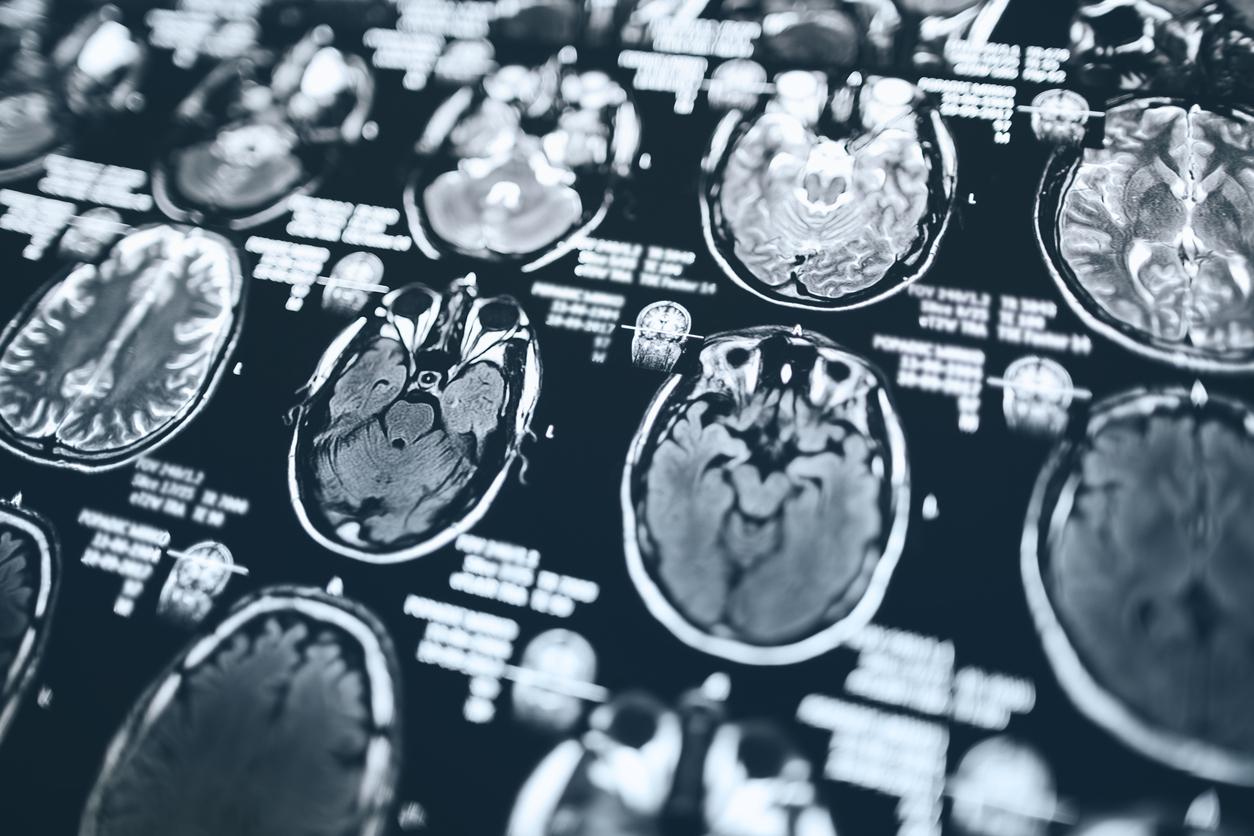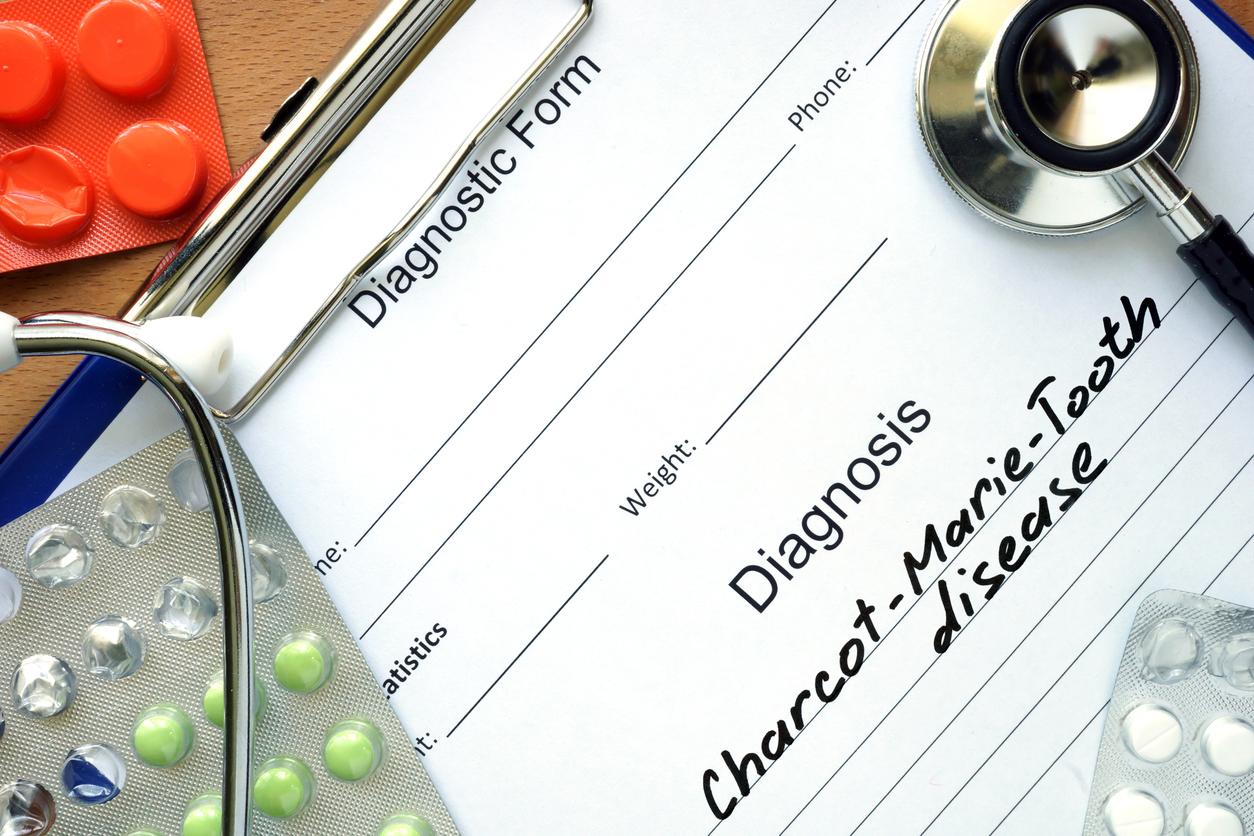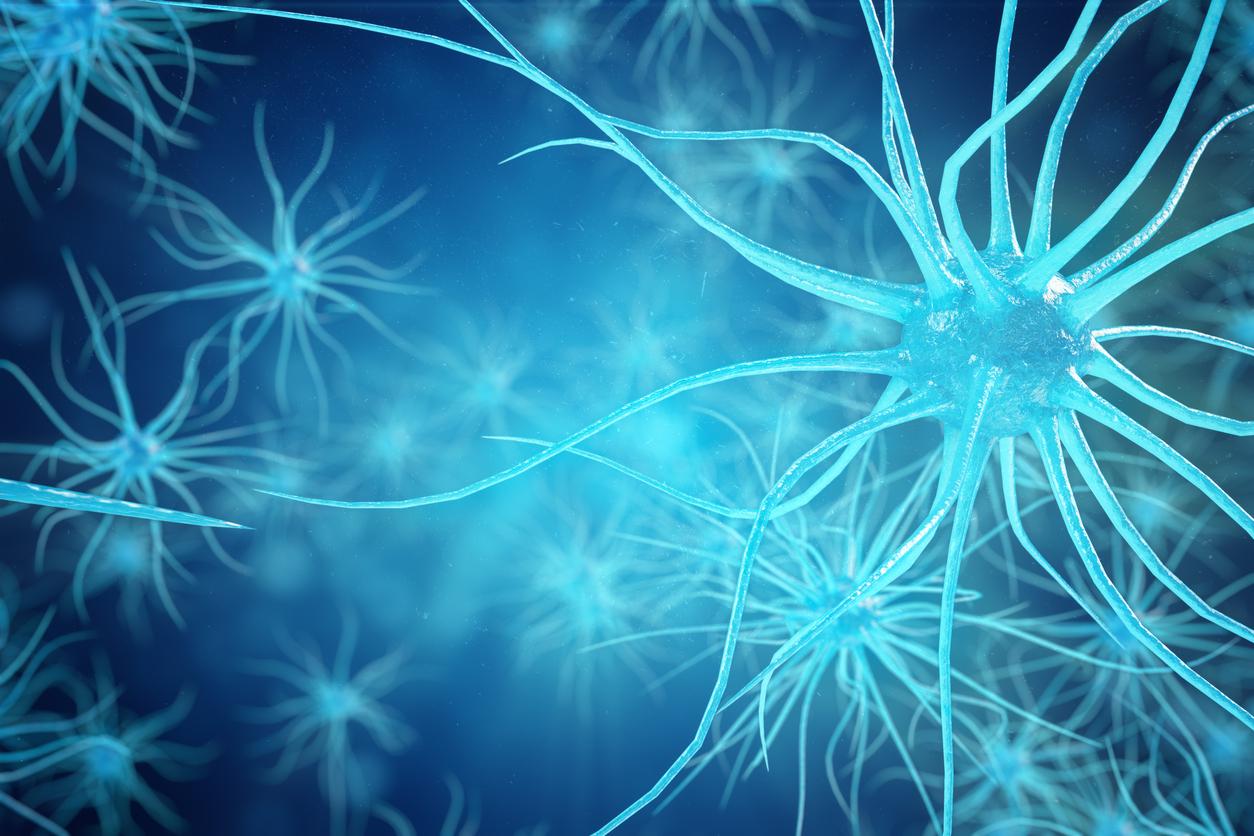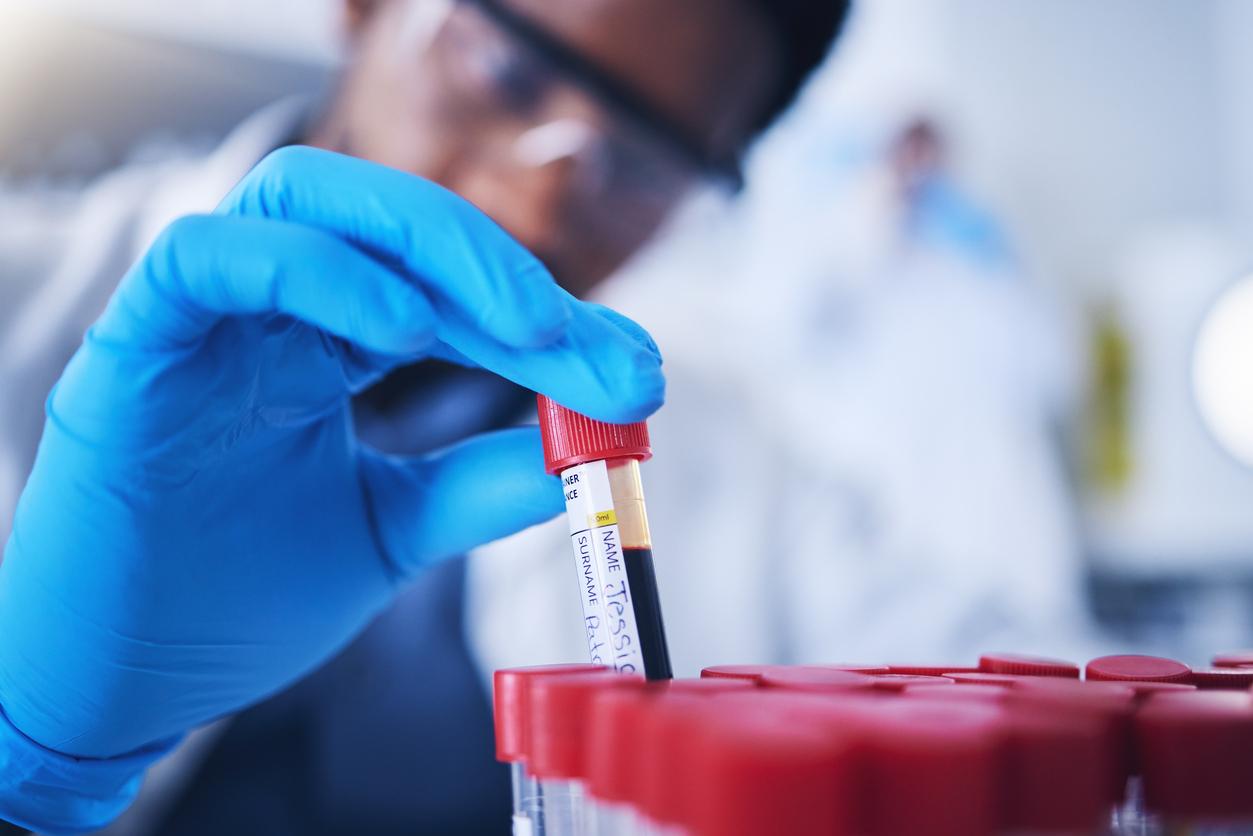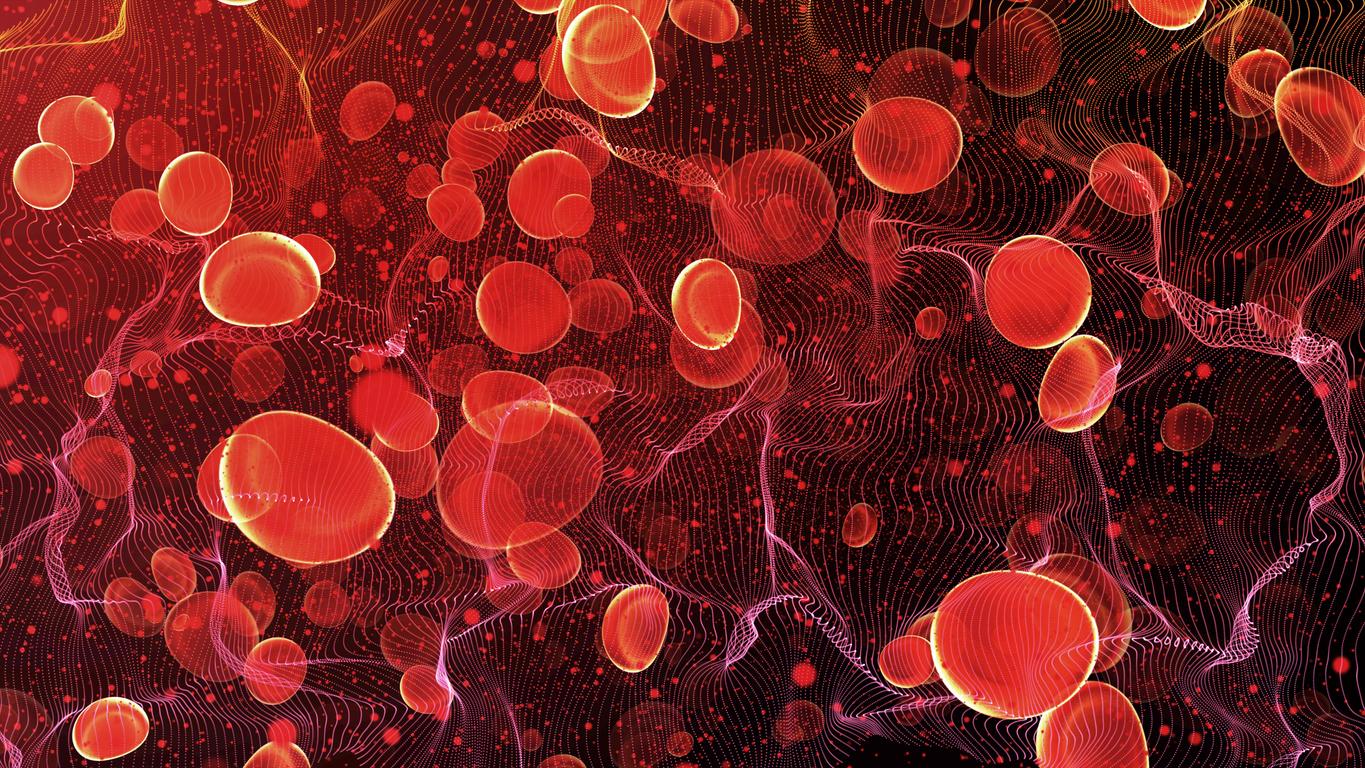On the occasion of our special week dedicated to amyotrophic lateral sclerosis, Pourquoi Docteur takes stock of knowledge surrounding this disease with Professor Claude Desnuelle, vice-president of ARSLA.

Why Doctor: Amyotrophic lateral sclerosis is considered a rare disease even though its incidence is quite high, how do you explain this?
Pr Claude Desnuelle: Indeed, we find practically the same incidence figures for amyotrophic lateral sclerosis and multiple sclerosis. However, the number of people suffering from ALS who are alive at the same time remains low because life expectancy is very short and averages 3 to 5 years. Each year, there are 1,600 new cases and as many deaths.
Is it a disease that affects all ages of life, both women and men?
The incidence in both sexes is relatively the same, although slightly higher for men. The peak of onset of ALS is between 55 and 65 years of age. However, there are also younger people who are affected. Generally, we really ask ourselves questions in those under 40 years of age, and often, we find that these are genetic forms.
We hear a lot about “Charcot’s disease” to refer to ALS, and yet doctors are using it less and less. Why?
It is a term that is no longer used medically but remains in common parlance because it leaves a lasting impression. In fact, this name comes from the French neurologist who first described this disease in 1960. But when we look at his description, we see that he describes a specific form of ALS and today, we know that there are many forms of the disease. Furthermore, when the neurologist diagnoses ALS, he is unable to give the vital prognosis of the given patient… So if he immediately mentions “Charcot’s disease”, the patient may have in mind that his life expectancy will necessarily be between 3 and 5 years… Even if this is often the case, there are a handful of patients who live much longer.
How is the diagnosis made?
The diagnosis is made only on a neurological clinical examination because in fact, even if we talk about the neurofilament rate which is a marker of diseases destroying axons, there is no biological marker to diagnose amyotrophic lateral sclerosis. All the tests are rather used to make a diagnosis of elimination. The blood test allows for a genetic analysis which can reveal the presence of several genes that could be at the origin of ALS. But it is up to the doctor to conduct an expertise by looking for small signs specific to the disease.
Currently, between the appearance of the first sign and the diagnosis by the neurologist, it takes an average of 12 months.
Among the signs to observe, he can find a failure, because it is a disease that affects the motor neurons: loss of strength, fatigue, motor deficit, muscular atrophy, etc. The other group of possible signs is the manifestation of the suffering of the upper motor neuron, therefore at the level of the brain, and this results in stiffness with a more or less permanent contraction of the muscles, lively reflexes or those that should not exist, etc. Gradually, these signs help the specialist to refine his diagnosis.
The diagnosis is therefore quite complex to carry out, how long does it take to obtain it?
Currently, between the appearance of the first sign and the diagnosis by the neurologist, it takes on average 12 months. But this can be more or less long for the patient, in particular depending on the consultation circuit that will be set up. In general, the treating physician does not specifically recognize ALS because it is a rare disease, and as long as we have never seen this disease, we are unable to recognize it. For example, if a patient has atrophy in the hand, the doctor may think of carpal tunnel syndrome and send him for surgery. And it is only after all this that he realizes that the disease is progressing and that it was therefore not the cause of the problem. For the patient, this is already four months that are lost. But if the patient consults a neurologist very quickly, the diagnosis can be made quickly.
We should rather say “ALS with a spinal or bulbar onset form” because when the disease progresses, it ends up reaching the spinal sphere for the bulbar form and vice versa.
Depending on the spinal or bulbar form, what are the first symptoms of amyotrophic lateral sclerosis?
The spinal form first affects the upper or lower limbs, causing motor impairment. This can result in loss of strength in a hand, foot, discomfort in the leg, etc. The bulbar form is characterized by involvement of the ENT sphere with manifestations such as difficulty swallowing or articulating from the onset of the disease. But in reality, even if we talk about one form or the other, we should rather say “ALS with a spinal or bulbar onset form” because when the disease progresses, it ends up affecting the spinal sphere for the bulbar form and vice versa.
Physical symptoms are often mentioned, but the disease can also cause cognitive disorders, what are they?
We often have the impression that people who develop ALS are particularly hyperactive, very stressed, very perfectionistic… So is this part of their anxious character or is anxiety part of the disease? Then, there are very often signs of depression and anxiety, but this can largely be explained by the atrocity of this disease which is difficult to understand.
The progression of ALS is not straight, and very often we see patients with a prolonged course and from a certain point onwards, the decline is less rapid, with a sort of evolutionary plateau.
Some patients have a very rapid progression of ALS, then suddenly it stabilizes and they can remain in the same condition for several years. Can medicine explain this?
No, we still can’t explain it. It is true that the progression of ALS is not straight, and very often we see patients with a prolonged progression and from a certain point onwards, the decline is less rapid, with a sort of progression plateau. But unfortunately, these patients are often already very affected, with an inability to walk, respiratory problems, etc. The opposite, that is to say forms that progress slowly and suddenly start to progress very quickly, are much rarer. Today, we define populations of “slow progressors” and “rapid progressors”. To do this, the doctor uses a specific scale, the ALSFRS-R score, which contains 12 items, ranging from the ability to eat, to the ability to walk and breathe, etc. We consider that if the score increases by 1 point/month it is a “normal” progression, if it is higher than 1.5 it is very fast, and lower than 0.5 it is slow.
How do patients’ lives end?
Respiratory failure is often the cause of death in these patients. In fact, the expansion of the patient’s lungs no longer draws enough air into the rib cage. However, we can live without moving, but not without breathing. So at the beginning, this respiratory failure can be compensated for by intermittent ventilation with a mask that blows outside air, then the patient needs it 24 hours a day, and then we can choose to move on to a tracheotomy. [opération consistant à créer un orifice (<2 cm) à la face antérieure du cou afin de positionner une canule dans la trachée, en dessous des cordes vocales, permettant le passage d’air vers les poumons, NDLR]Even with treatment, this respiratory failure can be a source of complications, infections, etc.
There is also pulmonary embolism that can take the patient, but we see it less often in ALS. What usually happens in these cases is that the person, already very affected, falls asleep at night and does not wake up in the morning.
On the other hand, nowadays, no one dies of malnutrition anymore because we use tubes to feed patients.
What do we know today about the role of the environment in the development of the disease?
First, it should be noted that not just any person will trigger ALS because there are also personal factors. So it is certain that there are environmental factors, because we have found that a person can have a mutation that can cause ALS without ever triggering it… But it remains difficult to talk about factors that promote ALS because there is nothing proven at the moment. We have talked about many things, physical exercise, herbicide toxicity, mushrooms, etc., but in the end there was nothing conclusive.
I have been interested in this disease for over 30 years and I have no idea that the number has increased.
What are the other risk factors?
5 to 10% of ALS is familial: when you have an affected parent, you are more likely to suffer from it as well. The remaining 90% are considered sporadic. However, we have found, for example, that there is a greater frequency of psychiatric illnesses in the previous generation of the family of ALS patients, such as schizophrenia or bipolar disorders. Some disease associations are also recognized, such as frontotemporal dementia, which affects about half of ALS patients.
Do you see an increase in the number of cases since you started studying this pathology?
I have been interested in this disease for over 30 years and I have no idea that the number has increased. When we say that the number of patients is increasing, it must be noted that it is always the same percentage in relation to the population. So it is not impossible that there has been an increase, but it is essentially linked to the fact that the general population is also increasing.
The village of Saint-Vaast-en-Chaussée in the Somme was in the news a few months ago because five people died of ALS in the same street. What is your point of view on this subject?
An investigation by Santé publique France has been launched, but I have not had any information for the moment. I do not know if these people were related by family either. Furthermore, these people died of ALS over 10 years, so it may be a game of chance. You know, when you are a neurologist, you do not diagnose an ALS patient every day, it can go up to 4 or 5 people in the month, but sometimes you see 3 or 4 in the same week… It is a question of probability, of statistics. For this village, perhaps it is bad luck? We will certainly know more with the conclusions of the investigation which should arrive soon.










